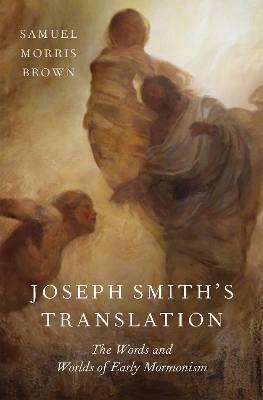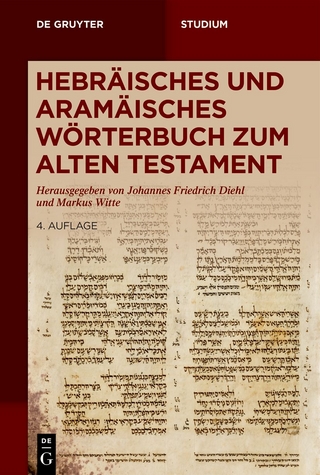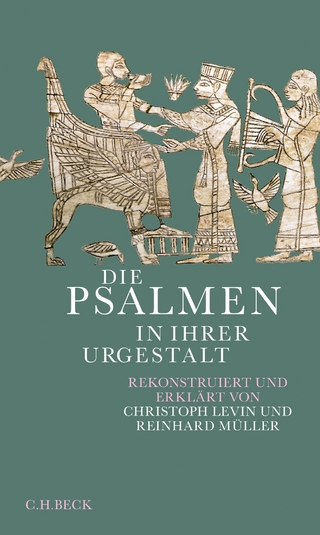
Joseph Smith's Translation
Oxford University Press Inc (Verlag)
978-0-19-005423-6 (ISBN)
Mormonism's founder, Joseph Smith, claimed to have translated ancient scriptures. He dictated an American Bible from metal plates reportedly buried by ancient Jews in a nearby hill, and produced an Egyptian "Book of Abraham" derived from funerary papyri he extracted from a collection of mummies he bought from a traveling showman. In addition, he rewrote sections of the King James Version as a "New Translation" of the Bible. Smith and his followers used the term translation to describe the genesis of these English scriptures, which remain canonical for the Church of Jesus Christ of Latter-day Saints. Whether one believes him or not, the discussion has focused on whether Smith's English texts represent literal translations of extant source documents. On closer inspection, though, Smith's translations are far more metaphysical than linguistic.
In Joseph Smith's Translation, Samuel Morris Brown argues that these translations express the mystical power of language and scripture to interconnect people across barriers of space and time, especially in the developing Mormon temple liturgy. He shows that Smith was devoted to an ancient metaphysics--especially the principle of correspondence, the concept of "as above, so below"--that provided an infrastructure for bridging the human and the divine as well as for his textual interpretive projects. Joseph Smith's projects of metaphysical translation place Mormonism at the productive edge of the transitions associated with shifts toward "secular modernity." This transition into modern worldviews intensified, complexly, in nineteenth-century America. The evolving legacies of Reformation and Enlightenment were the sea in which early Mormons swam, says Brown. Smith's translations and the theology that supported them illuminate the power and vulnerability of the Mormon critique of American culture in transition. This complex critique continues to resonate and illuminate to the present day.
Samuel Morris Brown - intensive care unit physician, medical researcher, and cultural historian-is Associate Professor of Pulmonary and Critical Care Medicine and Medical Ethics and Humanities at University of Utah/Intermountain Medical Center and director of the Center for Humanizing Critical Care at Intermountain. The author of In Heaven as It Is on Earth and Through the Valley of Shadows, Dr. Brown researches and writes at the interfaces among medicine, religion, culture, and history.
Acknowledgments
Introduction: Language, Time, and the Human Cosmos
Nineteenth-Century Contexts
Smith's Goals and Aspirations
Smith's Approach
Implications
SECTION ONE INTRODUCTION: CONTEXTS
Chapter 1. The Quest for Pure Language
Chapter 2: The Nature of Time
Chapter 3: Human and Divine Selves
SECTION TWO INTRODUCTION: TEXTS
Chapter 4: The Task of the Book of Mormon: To Save the Bible, First You Must Kill It
Chapter 5: Rereading the Bible: Joseph Smith's New Translation
Chapter 6: The Egyptian Bible and the Cosmic Order
Chapter 7: The Transcendent Immanent Temple
Epilogue
BIBLIOGRAPHY
| Erscheinungsdatum | 30.06.2020 |
|---|---|
| Verlagsort | New York |
| Sprache | englisch |
| Maße | 236 x 163 mm |
| Gewicht | 544 g |
| Themenwelt | Religion / Theologie ► Christentum ► Bibelausgaben / Bibelkommentare |
| ISBN-10 | 0-19-005423-9 / 0190054239 |
| ISBN-13 | 978-0-19-005423-6 / 9780190054236 |
| Zustand | Neuware |
| Haben Sie eine Frage zum Produkt? |
aus dem Bereich


